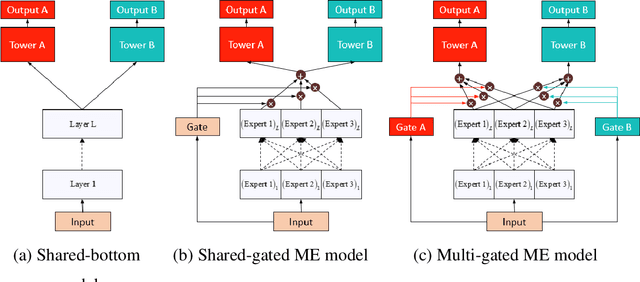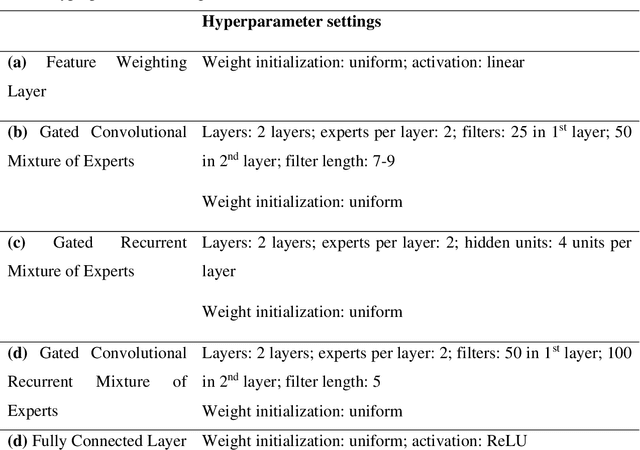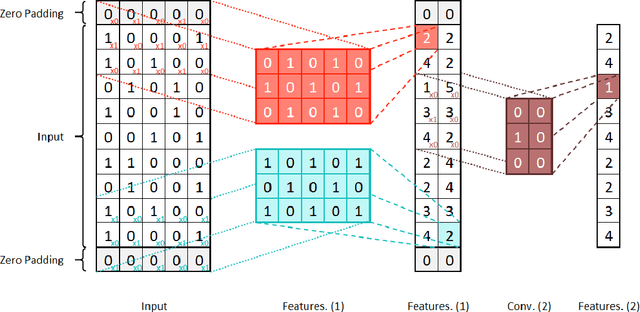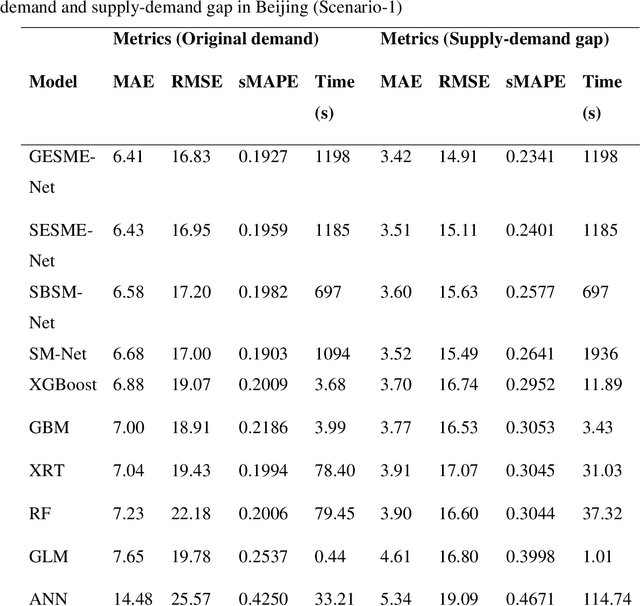S. M. Rifaat
Gated Ensemble of Spatio-temporal Mixture of Experts for Multi-task Learning in Ride-hailing System
Jan 05, 2021



Abstract:Designing spatio-temporal forecasting models separately in a task-wise and city-wise manner pose a burden for the expanding transportation network companies. Therefore, a multi-task learning architecture is proposed in this study by developing gated ensemble of spatio-temporal mixture of experts network (GESME-Net) with convolutional recurrent neural network (CRNN), convolutional neural network (CNN), and recurrent neural network (RNN) for simultaneously forecasting spatio-temporal tasks in a city as well as across different cities. Furthermore, an input agnostic feature weighting layer is integrated with the architecture for learning joint representation in multi-task learning and revealing the contribution of the input features utilized in prediction. The proposed architecture is tested with data from Didi Chuxing for: (i) simultaneously forecasting demand and supply-demand gap in Beijing, and (ii) simultaneously forecasting demand across Chengdu and Xian. In both scenarios, models from our proposed architecture outperformed the single-task and multi-task deep learning benchmarks and ensemble-based machine learning algorithms.
Using Spatio-temporal Deep Learning for Forecasting Demand and Supply-demand Gap in Ride-hailing System with Anonymized Spatial Adjacency Information
Dec 16, 2020



Abstract:To reduce passenger waiting time and driver search friction, ride-hailing companies need to accurately forecast spatio-temporal demand and supply-demand gap. However, due to spatio-temporal dependencies pertaining to demand and supply-demand gap in a ride-hailing system, making accurate forecasts for both demand and supply-demand gap is a difficult task. Furthermore, due to confidentiality and privacy issues, ride-hailing data are sometimes released to the researchers by removing spatial adjacency information of the zones, which hinders the detection of spatio-temporal dependencies. To that end, a novel spatio-temporal deep learning architecture is proposed in this paper for forecasting demand and supply-demand gap in a ride-hailing system with anonymized spatial adjacency information, which integrates feature importance layer with a spatio-temporal deep learning architecture containing one-dimensional convolutional neural network (CNN) and zone-distributed independently recurrent neural network (IndRNN). The developed architecture is tested with real-world datasets of Didi Chuxing, which shows that our models based on the proposed architecture can outperform conventional time-series models (e.g., ARIMA) and machine learning models (e.g., gradient boosting machine, distributed random forest, generalized linear model, artificial neural network). Additionally, the feature importance layer provides an interpretation of the model by revealing the contribution of the input features utilized in prediction.
 Add to Chrome
Add to Chrome Add to Firefox
Add to Firefox Add to Edge
Add to Edge